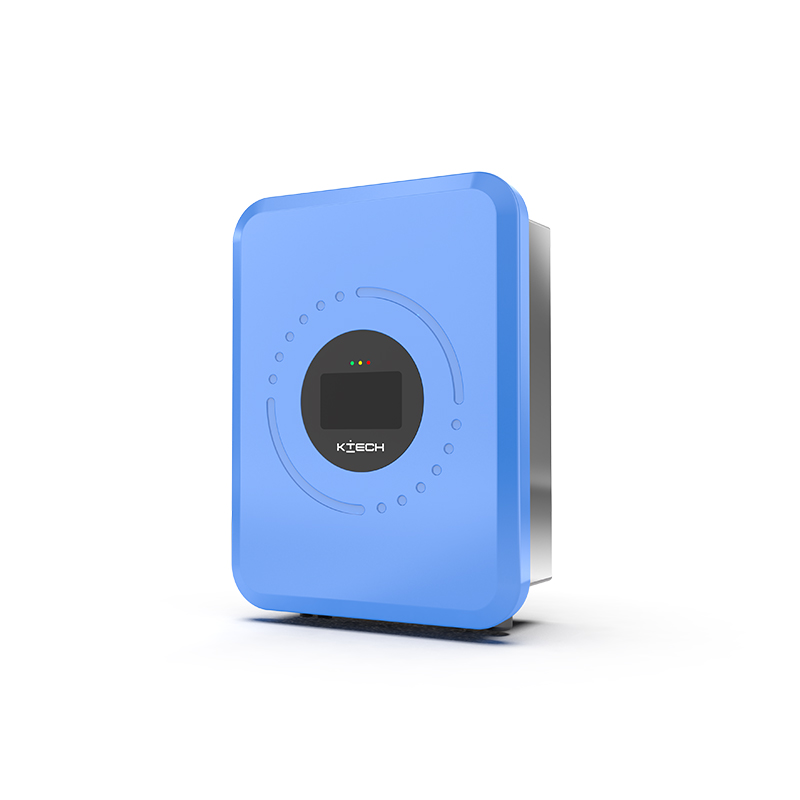
With the widespread application of lithium batteries in consumer electronics, electric vehicles and other fields, how to deal with waste lithium batteries in an environmentally friendly manner has become an important issue. The following are several common environmentally friendly treatment methods for lithium batteries:
Recycling and reuse is an effective way to deal with waste lithium batteries. Waste lithium batteries contain some valuable metals, such as cobalt, nickel, lithium, etc., which can be recycled and reused to achieve resource utilization. The recycling process usually includes the following steps:
- Discharge: Make sure the battery is fully discharged to reduce safety hazards during treatment.
- Disassembly: Disassemble the battery into its components for further processing.
- Crushing: Crush the disassembled materials to separate valuable metals.
- Sorting: Separate different materials by physical or chemical methods.
Physical treatment methods include mechanical treatment, grinding, cooling, separation, etc. These methods are mainly used to physically decompose lithium batteries and separate harmful substances from them. Specific steps may include:
- Mechanical crushing: Break the battery into small pieces for further processing.
- Magnetic separation: Use magnetic force to separate magnetic materials such as iron.
- Screening: Use a screen to separate materials of different particle sizes.
Chemical treatment methods use chemical reactions to convert harmful substances in waste lithium batteries into harmless substances. Common chemical treatment methods include:
- Acid leaching: Use acid to soak electrode materials, dissolve into salt solution, and then separate and purify the metal elements in the solution through precipitation, extraction and other methods.
- Alkaline leaching: Use alkaline solution to soak electrode materials to achieve similar effects.

Thermal treatment methods use high temperature to melt and crack lithium battery waste and convert it into harmless substances. Although this method is effective, it also consumes a lot of energy. Common heat treatment methods include:
- High temperature melting: Melt the battery at high temperature to separate metals and other substances.
- Pyrolysis: Decompose the battery into gas, liquid and solid residue at high temperature.
Biological treatment uses microorganisms, plants and other organisms to treat lithium battery waste to reduce the concentration of harmful substances. This method is still in the research stage and has not yet been applied on a large scale.
The environmental protection treatment of waste lithium batteries is a complex process, which requires comprehensive consideration of the advantages and disadvantages of various treatment methods. Through recycling, physical treatment, chemical treatment, thermal treatment and biological treatment, the impact of waste lithium batteries on the environment can be effectively reduced and resources can be recycled. In the future, with the advancement of technology, these treatment methods will be more efficient and environmentally friendly.
If you are interested in our products or have any questions, please feel free to contact us.